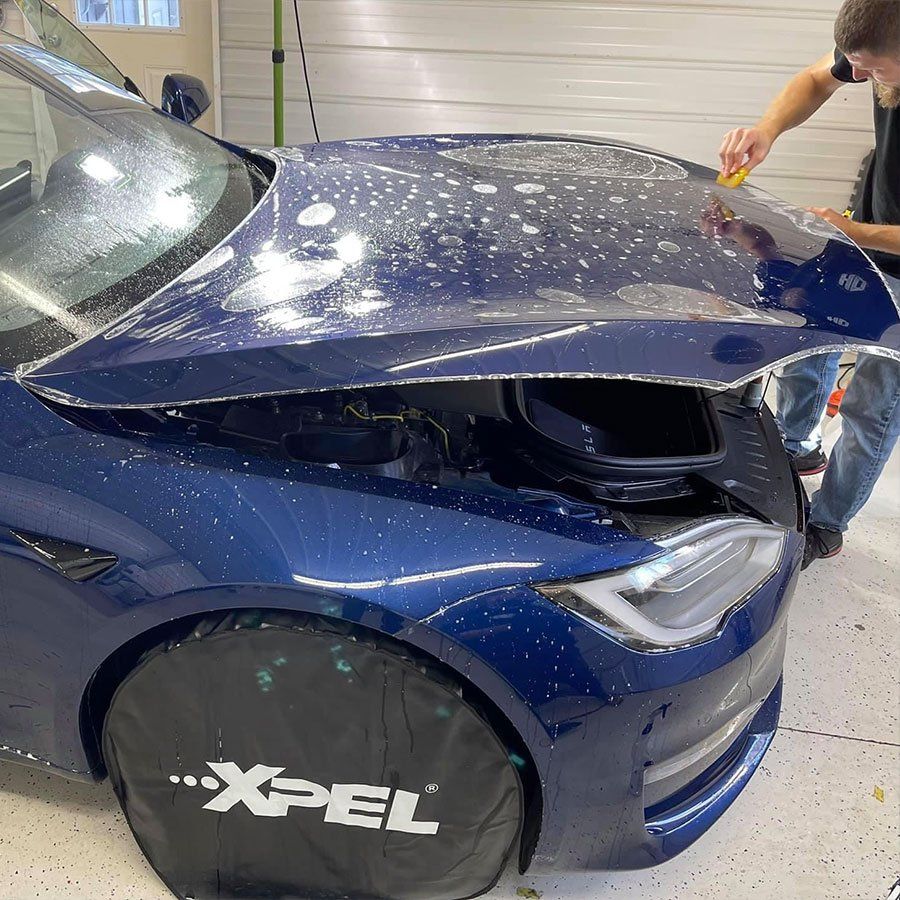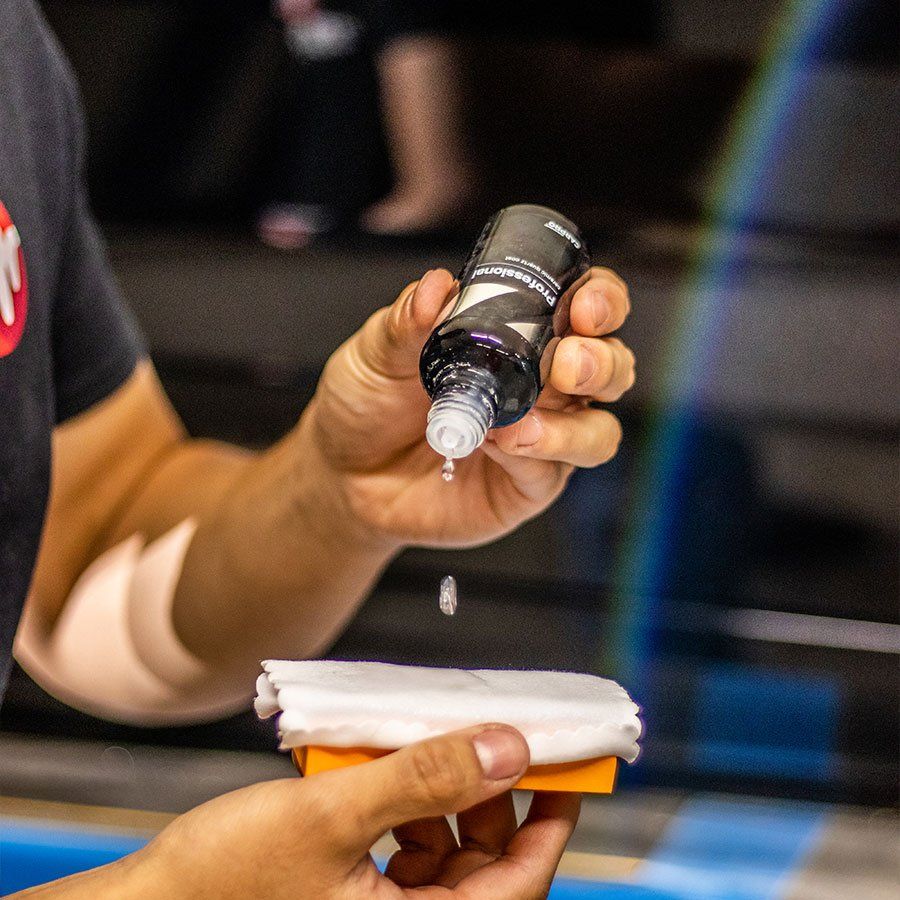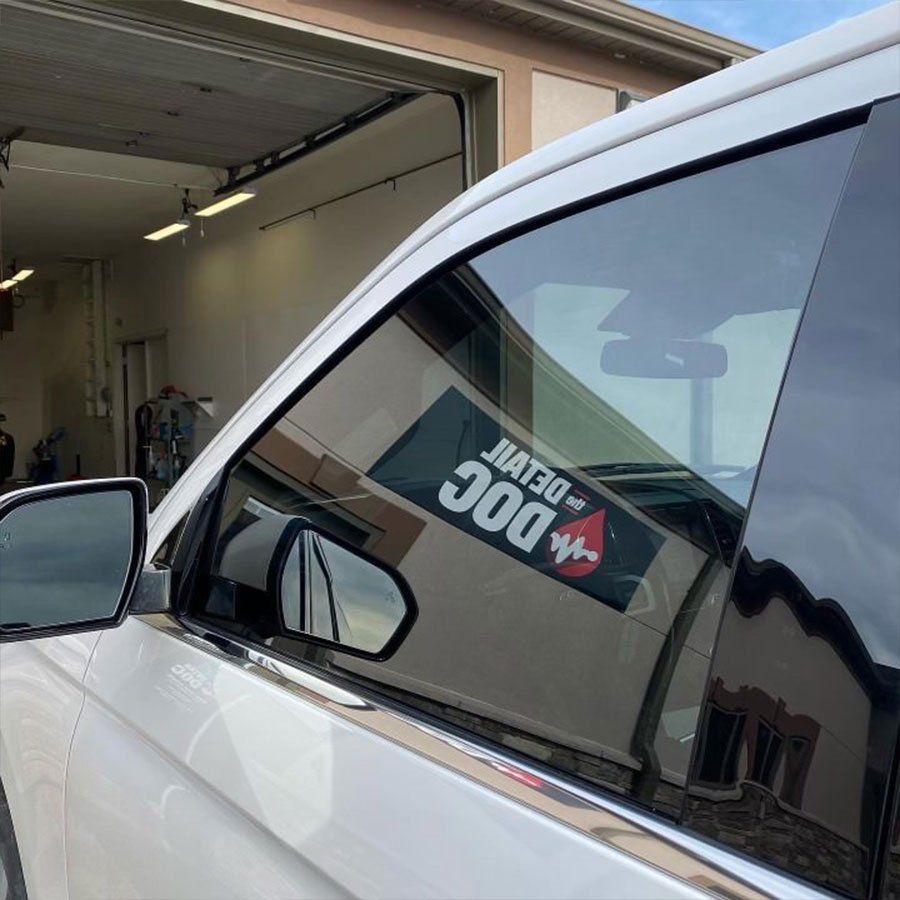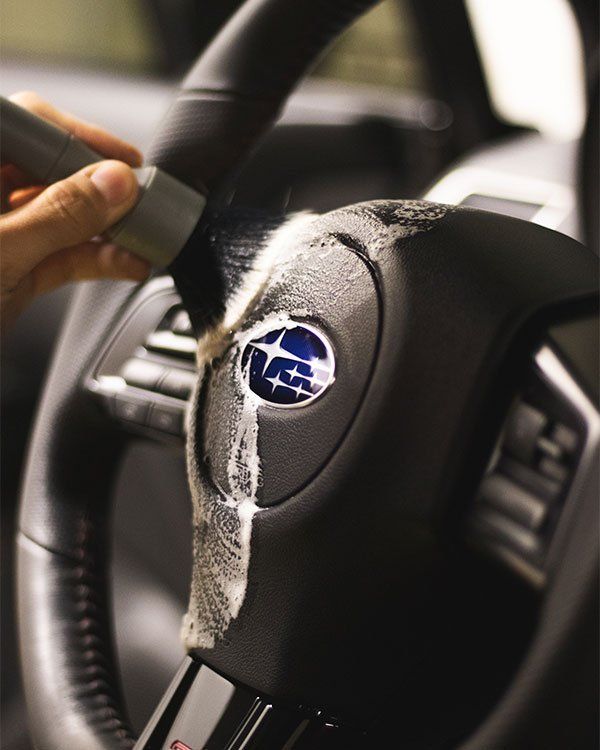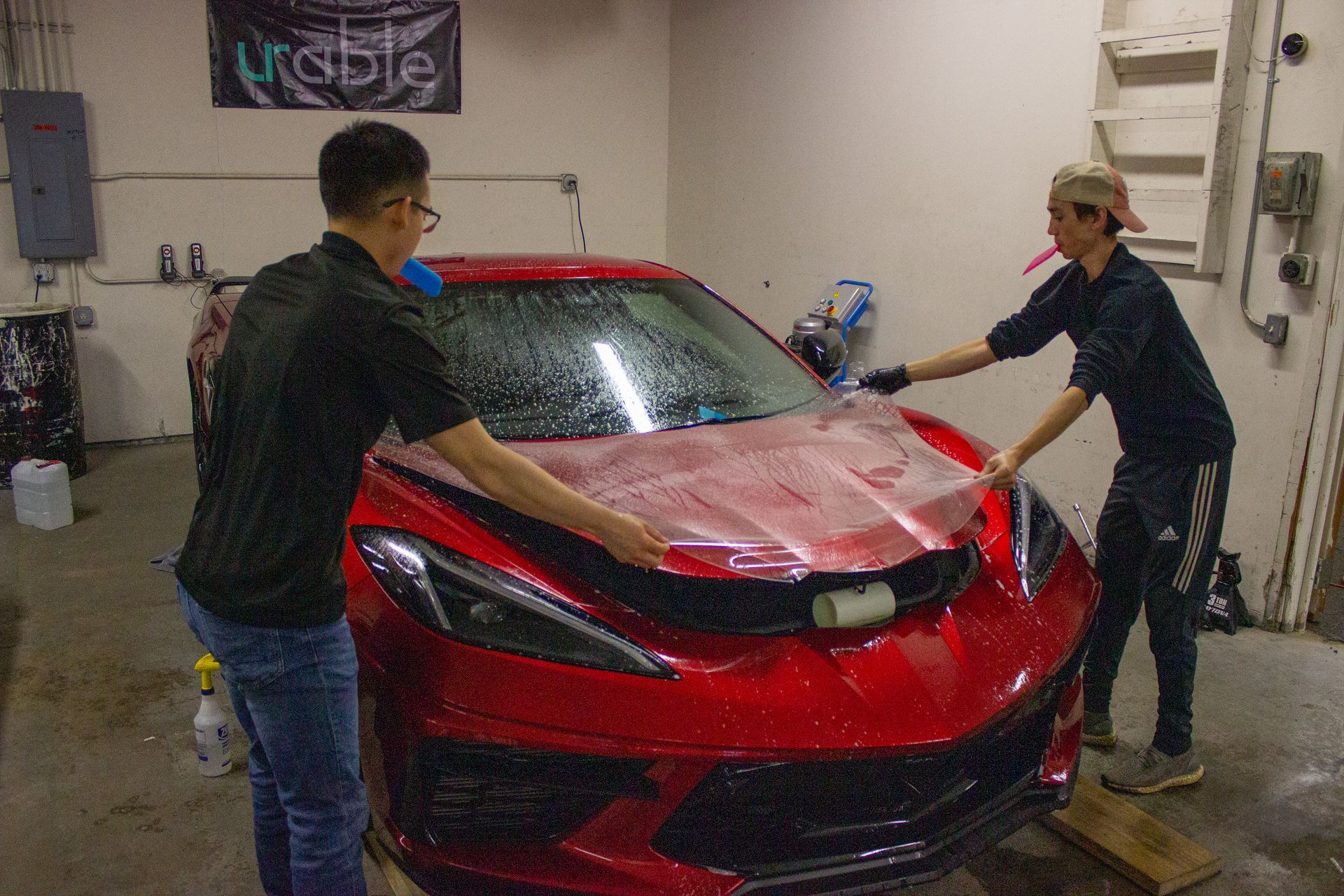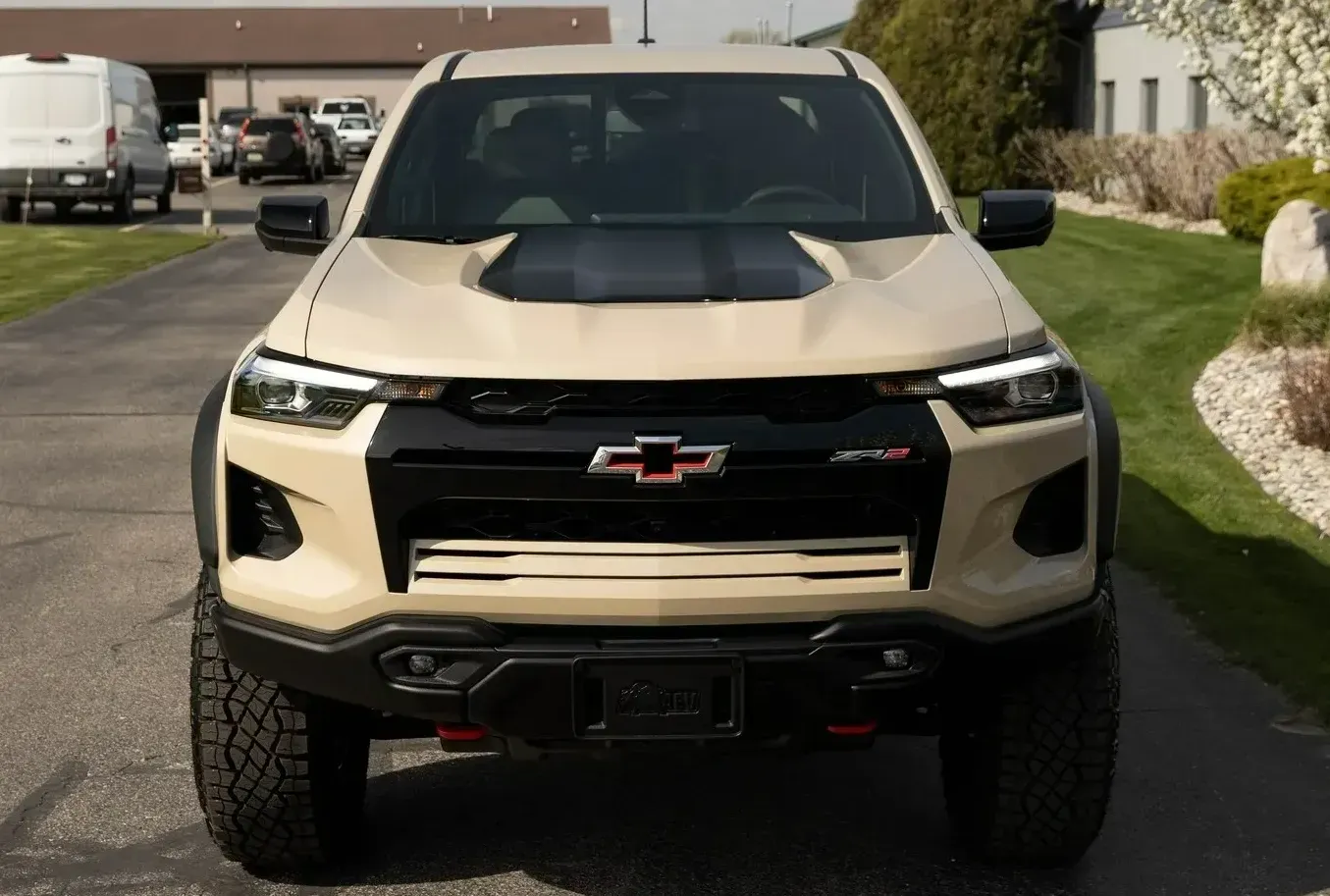The Detail Doc Blog
Weather Protection for Cars: Protect Your Car from the Elements
(989) 244-0505 GET SCHEDULED NOWImagine brewing up your morning coffee and glancing out the window, only to find your beloved car looking more like an icicle on wheels. Or perhaps, returning home after a long day at work, you find your sleek black vehicle has been transformed into a dusty gray mess from the windstorm earlier in the day. Well, it's not just your mood that these harsh weather elements are affecting—they're also causing havoc on your car’s health. In this blog post, we'll reveal expert tips on how to armor your car against merciless weather conditions—rain, snow, or shine—helping you maintain that showroom shine and extend the life of your vehicle. Buckle up and get ready for a smoother ride!
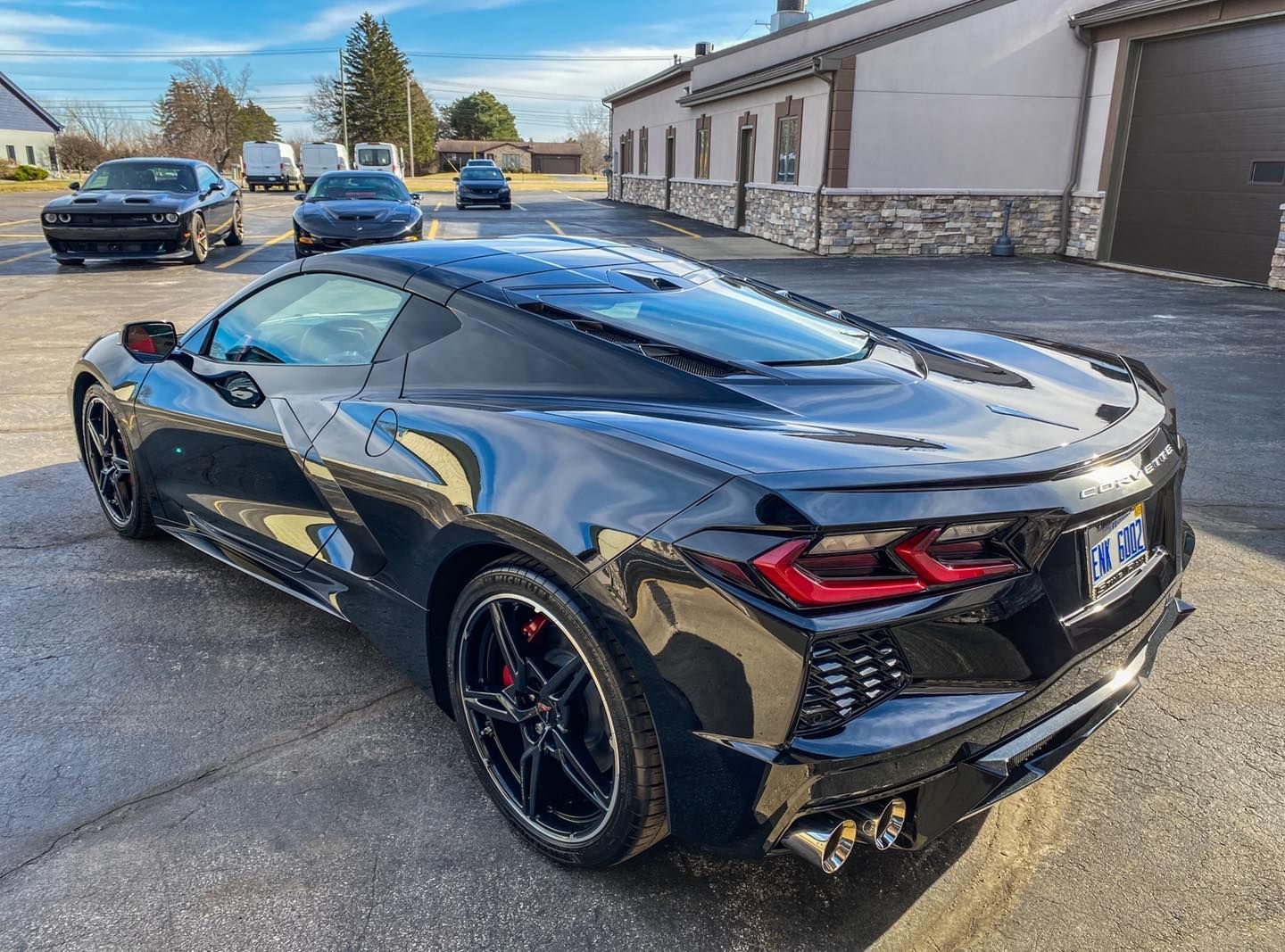
Car Protection Against Sun and Heat
Cars are exposed to different weather conditions throughout the year, and the sun's heat can be one of the most damaging factors. Sun rays can cause fading, cracking, and discoloration of paint, dashboards, interiors, and even seats. The heat can also create physical damage like warped tires or melted plastic parts such as side mirrors.
To give you a better idea of sun damage, imagine driving your car in the summer for hours without a break. The temperature inside the car will soar up to 60°C or 140°F after a while, possibly resulting in severe consequences such as dehydration or even heatstroke. In this case, think about what it does to your car's surfaces that act as heat sinks.
To protect your vehicle from the adverse effects of sun exposure and heat damage, consider using
paint protection film (PPF), ceramic coating, or window tinting. PPF is a transparent film that protects your car's paint from dust, UV rays, scratches, and minor impacts and acts as a barrier against pollutants by providing an extra layer on top of the original finish.
Ceramic coatings offer superior protection against UV rays, acid rain, or tree sap and provide anti-graffiti properties for easy cleanup. Window tinting not only reduces the amount of sunlight entering your car but also blocks harmful UV rays that can cause skin cancer or premature aging.
Protecting your vehicle from sun damage is similar to applying sunscreen to protect your skin from the harmful effects of UV radiation. Just as sunscreen protects sensitive skin from sunburns and skin cancers caused by overexposure to sunlight, PPF or
window tint may protect your car's surface from environmental damages caused by solar radiation.
- According to the American Automobile Association (AAA), approximately 6 in 10 car owners do not adequately protect their vehicles against harsh weather, which can lead to significant long-term damage.
- The Car Care Council reports that failure to properly protect a car from the elements can drastically reduce its lifespan, with around 60% of all preventable breakdowns due to neglecting this care.
- Per automotive market research firm JD Power's study, the average repair cost due to weather related vehicle damage like paint chips and degraded interiors ranges from $500 - $1500 per incident, annually impacting over 20% of US vehicle owners.
Sunblocking Tips for Cars
The best way to keep your car cool and avoid sun damage is to block UV rays altogether. To get effective sunblock protection, you can use either a car cover or park it in the shade.
For instance, let's say you are driving across the city on a summer day. When you park your car in direct sunlight for an extended period, it creates a greenhouse effect inside the vehicle due to trapped heat, causing discomfort and even damage to your vehicle. However, parking it in the shade or using a reflective windshield visor can reduce this risk significantly.
A car cover offers more comprehensive protection against harsh weather conditions and keeps your vehicle cool as well. Some covers are designed with breathable material that allows trapped moisture and heat to escape while providing extensive defense against harmful factors such as bird droppings, rain, hail, and other debris.
Another way to block sunlight is by installing window visors or wind deflectors that provide ventilation and lower the temperature inside your car by increasing airflow. Moreover, installing an insulating film on your car windows prevents infrared radiation from reaching your car's interior and trapping excessive heat.
While shade is the most obvious solution to protecting your car from extreme heat and sun exposure, it isn't always practical or possible. For instance, when you are stopping at an outdoor event or have no choice but to park on the side of the road, it may be challenging to find suitable shade.
To tackle these situations, consider getting professionally installed window tints if they comply with state regulations, or try to invest in a windshield visor that shields against heat buildup effectively.
Handling Heat-Induced Car Damage
Car damage caused by heat and the sun can be easily overlooked, but it can cause significant problems if you don't take preventative measures. When left exposed to high temperatures, car exteriors become vulnerable to a range of issues, such as cracked paint, faded trim, and even malfunctioning electronics. Fortunately, there are a number of ways you can protect your car from heat-induced damage.
One way to keep your car protected is by choosing a parking spot that's shaded by trees or buildings. This will help keep the sun off your car when it's parked for extended periods of time. If you're out and about during the day, consider using a windshield sunshade to keep the interior cool while you're parked.
Another effective way to protect your car from heat is by investing in paint protection film (PPF) or ceramic coating. These coatings create an extra layer between your car's paint and the elements, preventing damage caused by extreme temperatures and UV rays. We, at The Detail Doc, offer PPF and ceramic coating services that could potentially save you hundreds or even thousands of dollars in repair costs down the line.
While there are many DIY products marketed towards preventing heat-related car damage, it's important to exercise caution before trying them out. Sprays and waxes meant for automotive use may not always live up to their claims, causing further damage in some cases. It's best to stick with trusted brands and professional services like those offered by The Detail Doc to ensure maximum efficiency.The body content of your post goes here. To edit this text, click on it and delete this default text and start typing your own or paste your own from a different source.

Winter Protection Strategies for Cars
Winter weather is harsh on cars, with freezing temperatures, icy roads, and snow buildup on vehicles all contributing to potential damage. Preparing your vehicle adequately before winter hits can prevent any weather damage from occurring during this season.
One important measure is ensuring that your car's tires are properly inflated and have enough tread left for safe operation on slippery roads. If your area gets a lot of snow, consider investing in snow tires or chains to ensure traction on icy roads. In addition, routine maintenance check-ups are crucial before the start of winter, such as ensuring you have plenty of antifreeze and having a battery test, etc.
Along with taking care of your car's mechanical elements before winter starts, investing in a PPF or ceramic coating offered by The Detail Doc can be an effective way to protect against winter weather conditions as well. These treatments create a hydrophobic layer on your car's exterior, which helps prevent water and salt damage from cold weather, which can cause rust issues later on.
Snow-Related Protection Measures
Winter brings with it a myriad of challenges for car owners, especially when it comes to snow. Snow can cause quite a bit of damage to a car if it is left unprotected. For instance, if the snow is left to accumulate on the exterior surfaces for long hours or even days, it could lead to scratches as well as damage to the paintwork. To prevent the risks associated with winter's harshness, there are several measures you can take.
One important step towards protecting your car from snow damage is fitting it with special snow tires. These tires are specifically designed with deeper treads that offer better grip in snowy and icy conditions. Additionally, filling up the windshield washer reservoir with antifreeze fluid helps prevent the water from freezing up and damaging the vehicle's wiper blades.
A crucial aspect of preventing snow-related car damage is preparing it ahead of time. It starts by cleaning both interior and exterior surfaces before winter sets in. Spraying silicone spray onto the rubber door seals will help keep them from sticking together in case they freeze shut. Investing in a high-quality waxing service ensures that your car's surface gets proper protection against snow and salt damage.
Preparing Your Vehicle for Winter
Preparing your vehicle ahead of winter is essential to ensuring that it's at its peak performance during treacherous driving conditions. Winter brings its own unique set of threats to drivers, but if you are appropriately prepared, you can make it through the harsh conditions unscathed.
Start by getting your car's battery checked to ensure that it can handle the demand of cranking during extremely cold temperatures. You can also have a professional mechanic check the engine coolant's concentration level before winter kicks in. Ensure the antifreeze mixture ratio is correct regarding protection in sub-zero weather. A typical recommendation for most vehicles is a 50/50 mix of water and antifreeze fluid.
Another essential tip is to check and replace old or damaged windshield wipers. The more robust the blades, the better they work against ice and snow. It would be best if you never used hot water to pour over a frozen windshield since it could crack due to thermal shock from the sudden change in temperature.
Always keep an emergency kit onboard for unpredictable weather conditions. Including items like an ice scraper, tire chains, extra blankets, flashlights, first aid kits, a portable jump starter pack, and nonperishable food and water supplies. Make sure your vehicle has adequate fuel levels since gas lines may freeze up from too much condensation induced by low fuel levels.
Winter always seems to have tricks up its sleeve; however, by preparing your vehicle accordingly before winter sets in, you're better equipped when dealing with extreme weather conditions on the road.
Protecting Cars from Rain and High Humidity
Rain and high humidity can cause significant damage to your precious vehicle, such as paint corrosion, rust, and mold growth. It's vital to shield your car from these elements to keep it looking and performing at its best, especially since these problems often only become apparent after extensive damage has already occurred. Here are some tips to help protect your car from rain and high humidity:
One of the most effective ways to shield your car from the elements is by applying a ceramic coating or paint protection film (PPF). These coatings form an impenetrable barrier that repels water and contaminants, keeping your car safe from rust and other weather-induced damage.
Another great protective measure is to make regular use of high-quality waxes or sealants specifically designed for cars. These products create a clear protective layer around your vehicle, which shields it from rain damage while adding an extra layer of shine.
Some people think that simply parking their car inside should be enough, but this is not always practical or effective. For instance, while parking indoors keeps your vehicle sheltered from harsh sunlight and heavy precipitation, it can't provide complete protection against moisture buildup caused by high humidity.
So what if you're dealing with particularly rainy or humid conditions? This is where waterproofing techniques come in.
Waterproofing Techniques for Cars
Waterproofing essentially means creating an additional layer of protection against water intrusion. There are several ways to do this effectively:
Sealing all windows and doors properly is crucial for waterproofing your car efficiently. Check for any cracks or leaks and fix them immediately with professional-grade adhesives or repair kits.
Coating the entire undercarriage with rubber paint can also prevent water penetration into critical parts, such as the engine, transmission, and exhaust system. This is especially important if you live in areas that experience frequent flooding or heavy rain.
Think of waterproofing your car like applying sunscreen to your skin during a hot summer day: while you might not be able to control the weather, you can take certain measures to safeguard yourself against its harmful effects.
Now that we've covered several tools and techniques for protecting your car from various weather conditions, it's time to go over the importance of regular maintenance.
Regular Weather Protection Maintenance
As a car owner, regular maintenance is crucial to maintaining your vehicle's appearance, functionality, and longevity. Weather protection maintenance is no exception. While certain protective measures like PPF and ceramic coating offer long-term defense against weather conditions, it's important to routinely check and maintain them.
For instance, if you have a coating of wax or sealant on your car, it's recommended that you renew it every three months or so, depending on the environment that your car is in. Waxing regularly helps to protect the clear coat of your car while also giving it a beautiful shine.
Similarly, with PPF, inspecting it for damage such as chips or scratches is important since this can threaten the PPF's ability to protect against subsequent damage or UV rays from the sun. Timely repairs can ensure maximum results from PPF technology when faced with daily wear and tear.
Furthermore, making sure regular servicing checks include balancer switches, oil filters, and fluid top-ups is incredibly helpful for ensuring that your car’s essential components stay in optimal condition and are ready to face adverse weather conditions.
With proper maintenance of coatings and routine servicing of essential parts, underbelly protection and weather-related incidents will do little damage to your vehicle.
Final Words
Protecting your car from the elements is key to keeping its beauty and performance intact. By employing weather protection tips for cars, you can shield it from the damaging effects of sun, rain, snow, etc. The Detail Doc offers expert advice and comprehensive solutions that ensure your vehicle remains protected year-round.
Take action now to equip yourself with the knowledge and tools needed to maintain the condition of your vehicle! Visit The Detail Doc's weather protection tips for cars on our website, as well as upgrades that could shield them from weather damage.

